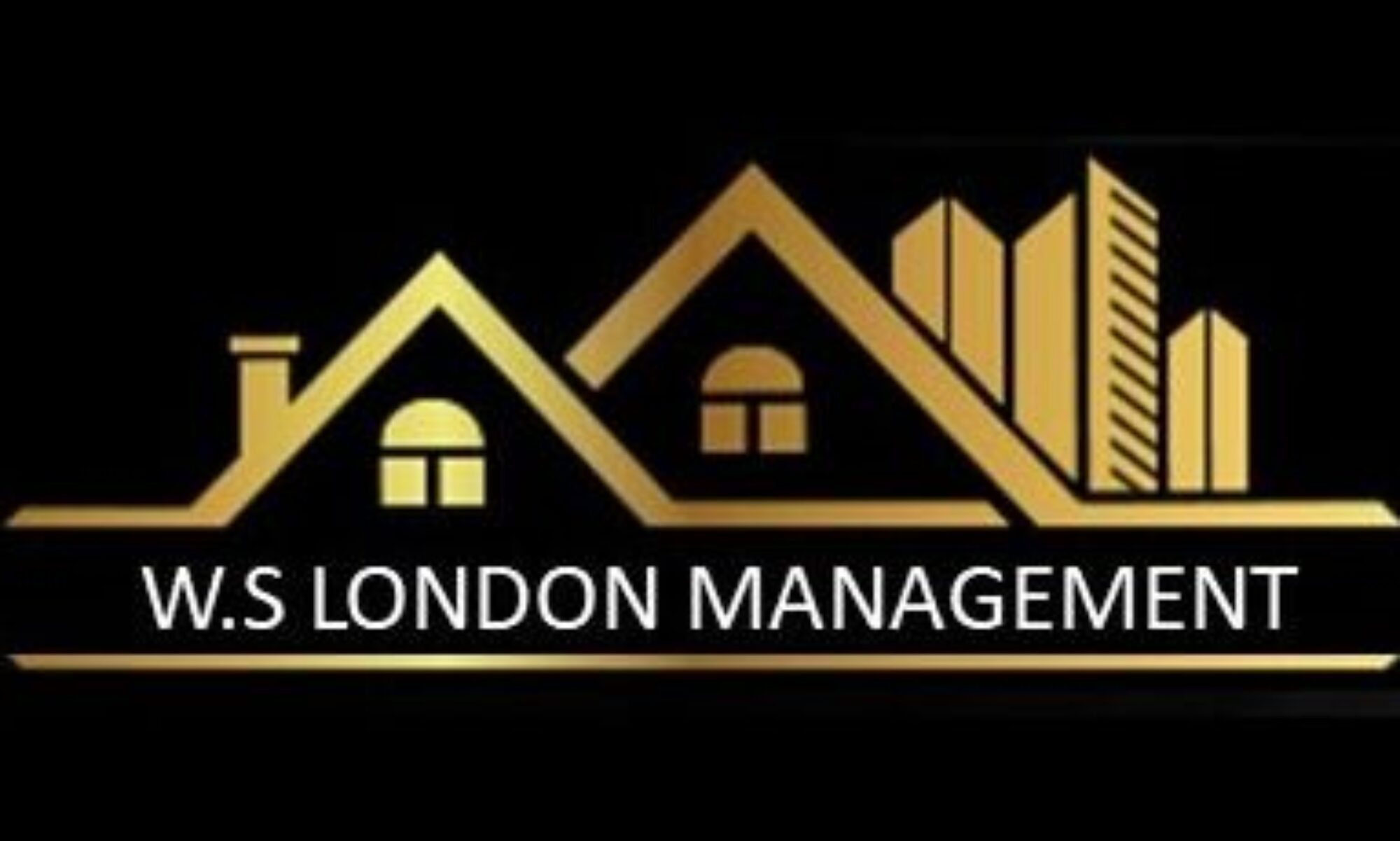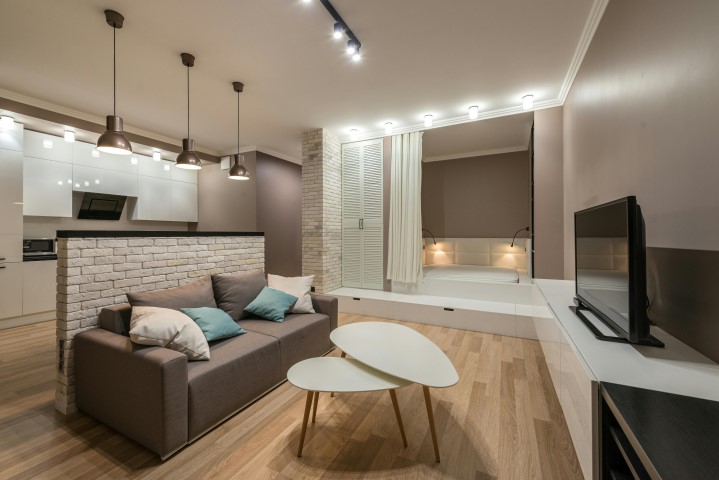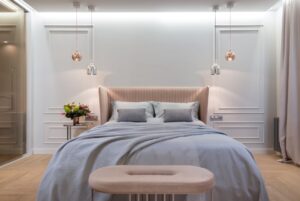Innovative design concepts that represent changing lifestyles, technology improvements, and sustainability principles are being embraced by new home complexes around the United Kingdom (UK).
These themes redefine modern life and affect the aesthetic landscape of residential communities via choices in interior design and current architecture styles. This article provides insights into the components that will shape domestic design in the future by examining the most recent design trends in recently constructed homes across the UK.
Modern Architectural Styles:
In new home complexes, contemporary architectural styles—which are distinguished by their clean lines, minimalist aesthetics, as well as ecological materials—are becoming more and more popular. Flat roofs, geometric shapes, and floor to ceiling windows—all hallmarks of modernist architecture—create visually arresting statements that mesh well with the surroundings.
Contemporary architecture emphasises simplicity, functionality, along with integration with nature, representing the ethos of sustainable living and urban renewal,
Nevertheless, in order to have an objective article, it is important to note that flat roof horses may bring challenges and problems. As stated by Trinity Rose, “Lots of properties in the UK have flat roofs, whether it’s the whole roof or just an extension. People choose this kind of roof because it’s usually cheaper than the alternative, but they can run into problems.”
Additionally, Trinity Rose’s article went further to assert the following: “While many flat roofs serve their owners perfectly well, there are numerous potential issues associated with flat roofs which can ring alarm bells with property hunters. Probably the most common issue with flat roofs is leaks. While many properties will suffer leaky roofs, due to their structure, flat roofs offer nowhere for the water to safely run. The water tends to go straight down into the roof itself.
Other issues include:
- Mould and fungus
- Watermarks
- Growing vegetation
- Pooling water
- Snow build-up
- Cracks
- Incorrect roof angle exacerbating water pooling issues
- Flashing pulling away from the edges as asphalt expands and contracts with changing temperatures”
Green Building Practices:
In recent UK house constructions, green building methods and eco-friendly design solutions are given priority by developers, who use sustainability as a major design motivator. Technologies that use less energy, such rainwater collection systems, solar panels, and passive heating, lessen their influence on the environment and encourage resource conservation.
Sustainable design principles are fundamental to the construction of new housing developments, harmonising with increasing consumer demand for environmentally conscious living spaces.
Indeed, it is true that “The UK’s green building movement has been accelerated by the adoption of various standards, such as BREEAM (Building Research Establishment Environmental Assessment Method) and LEED (Leadership in Energy and Environmental Design), which promote environmentally friendly construction practices.”
Open-Plan Living:
New home projects are still dominated by open-plan living arrangements, which provide roomy interiors that encourage natural light, flexibility, as well as connectedness. Combining the cooking, dining, along with living areas results in flexible living areas that accommodate a range of lifestyle requirements and encourage social contact amongst residents.
Open-plan layouts improve the flow of natural light and air, giving the home a feeling of expansibility and continuity. They take into account the preferences for modern life and the dynamics of modern families.
One article puts an emphasis specifically on kitchens, indicating that there is a massive design trend into open plan kitchens in the UK. Appropriately, “In recent years, the open plan kitchen has become a cornerstone of interior design in UK homes. This kitchen trend, stemming from a desire for more communal and flexible living spaces, has revolutionised the way we think about and use our kitchens.”
Multifunctional Spaces:
In recent UK house projects, multifunctional rooms are becoming a popular design trend that enable inhabitants to make the most of their living quarters and adjust to changing lifestyle needs. Homes may be tailored to suit certain interests and tastes thanks to modular design features, convertible furniture, as well as flexible rooms.
Multifunctional spaces optimise square footage while increasing the versatility of residential interiors, adapting to the varied requirements of modern households.
Smart Home Integration:
New house projects are increasingly incorporating smart home technologies to provide occupants with more comfort, convenience, as well as connectivity. Smart home technologies, such as voice-activated assistants and controlled heating, lighting, and security systems, give homeowners easy management and monitoring over their living spaces.
Smart home integration increases the functionality as well as effectiveness of residential properties, corresponding with the digital lifestyle choices of today’s homeowners.
And this will only grow in the future. As per Statista, “The Smart Home market in the United Kingdom is projected to grow by 11.66% (2024-2028) resulting in a market volume of US$17.1bn in 2028.” Impressively, Statista also reports that “The household penetration rate is predicted to increase from 62.4% in 2024 to 115.3% by 2028.”
Biophilic Design Elements:
In order to create harmonious living spaces that encourage well-being and a connection to nature, developers are adding natural features and organic textures into new home complexes, following the concepts of biophilic design. Natural materials, indoor gardens, and green areas all contribute to a calm and balanced atmosphere that improves occupants’ quality of life overall.
Biophilic design promotes a more profound connection to the natural world, increasing air quality, decreasing stress, as well as improving overall health and happiness.
Prior to concluding, it is noteworthy to point out that “Biophilic workplaces show increases in worker well-being of up to 13% and in productivity of up to 8%.” Nevertheless, this can be analysed further in a different article.
Conclusion:
In summary, the UK’s new home projects are being shaped by design trends that combine sustainability, innovation, as well as lifestyle choices. Modern living is being redefined by these trends, which include interior design options and current architectural forms.
The result is residential communities that place an emphasis on environmental responsibility, beauty, and utility. Future home design in the UK is looking more sustainable, connected, and lively thanks to new housing developments that embrace creative design ideas and make use of technology improvements.




